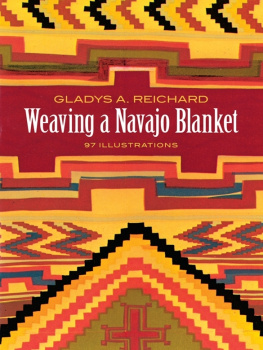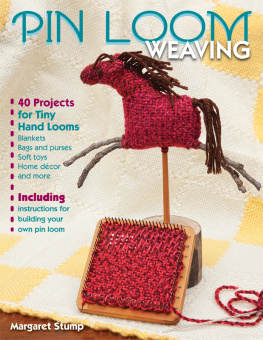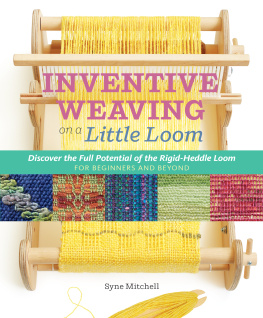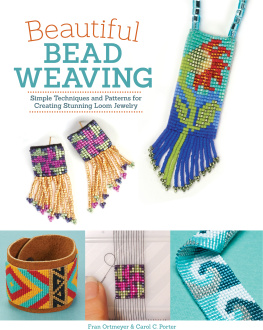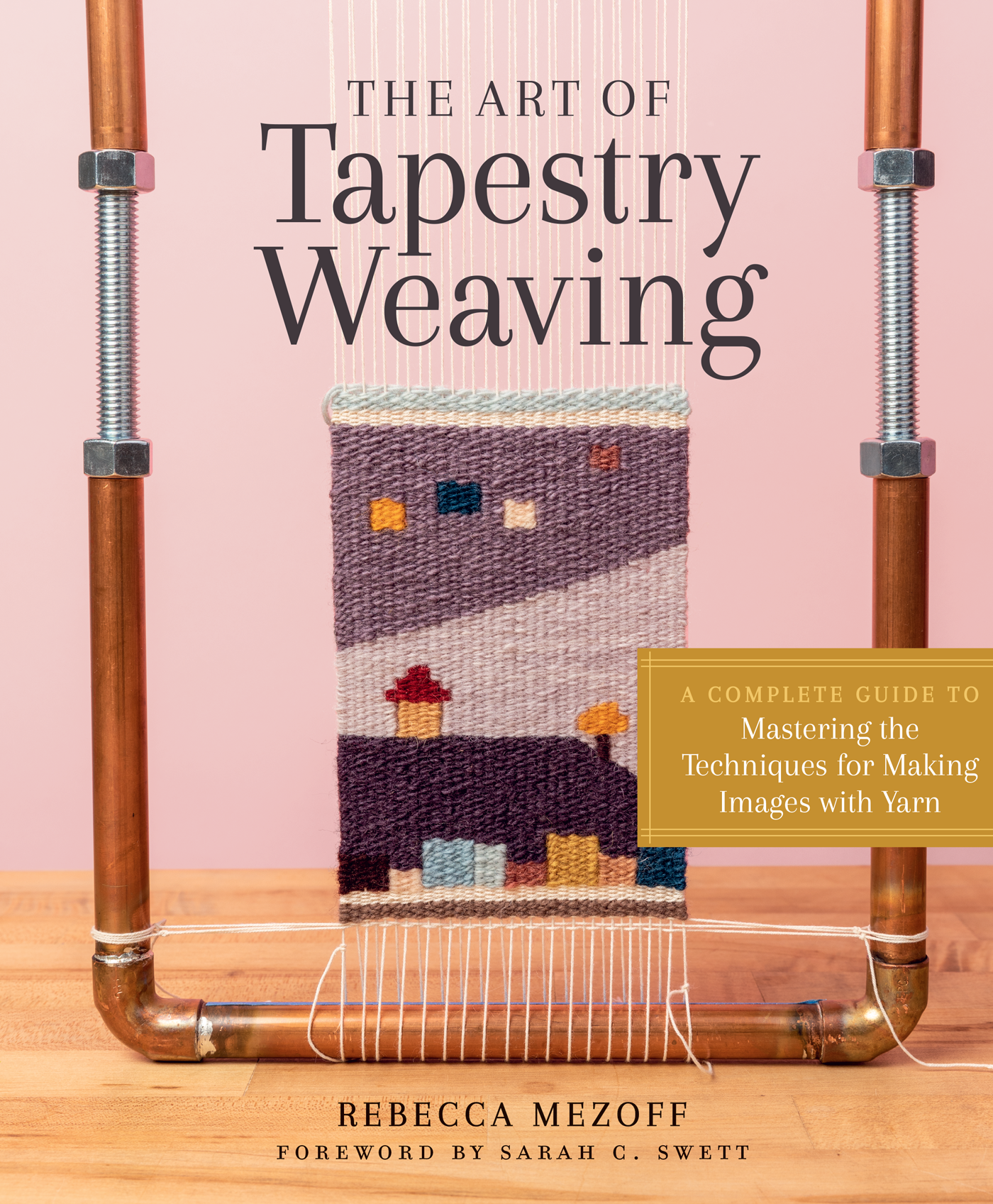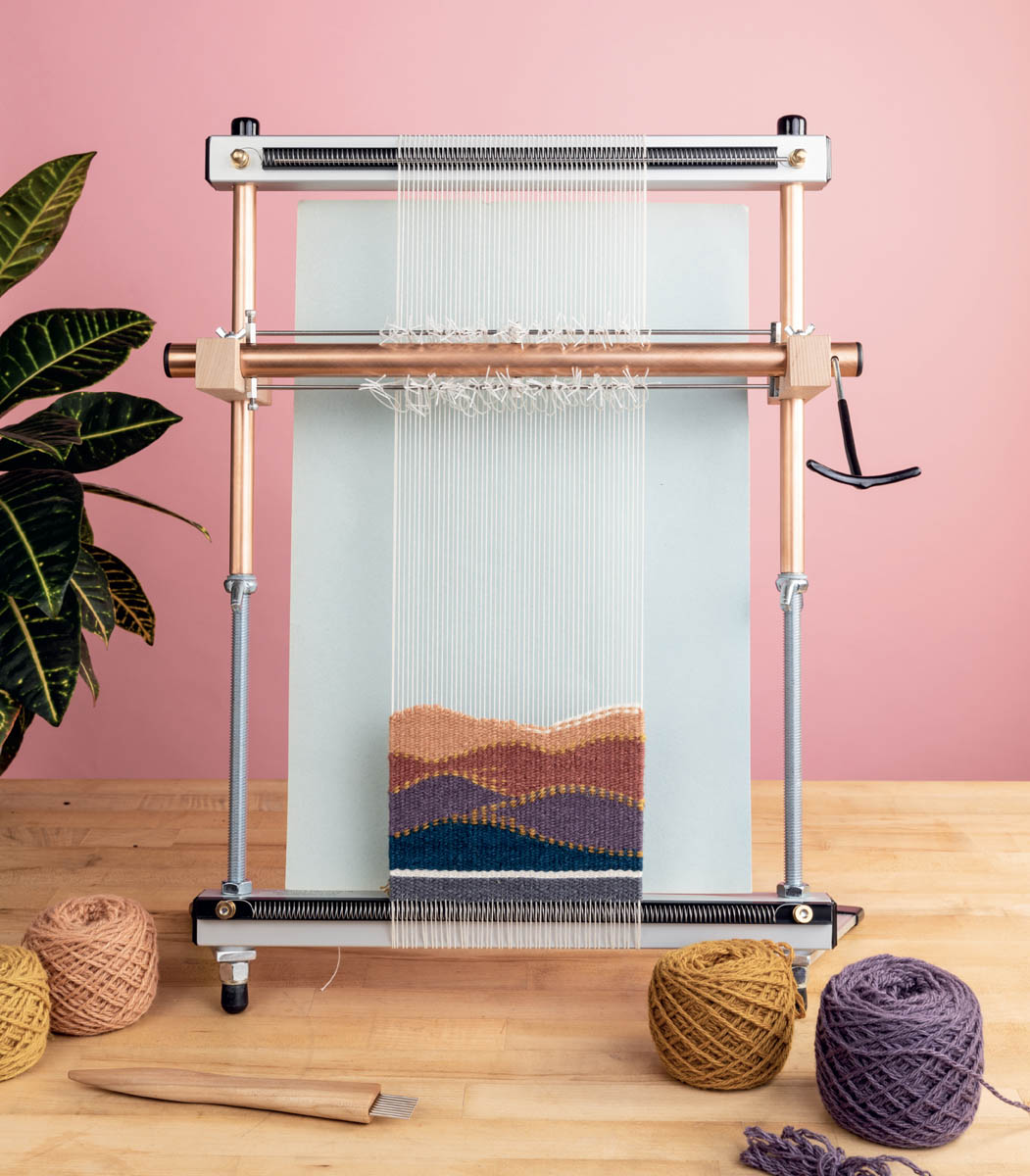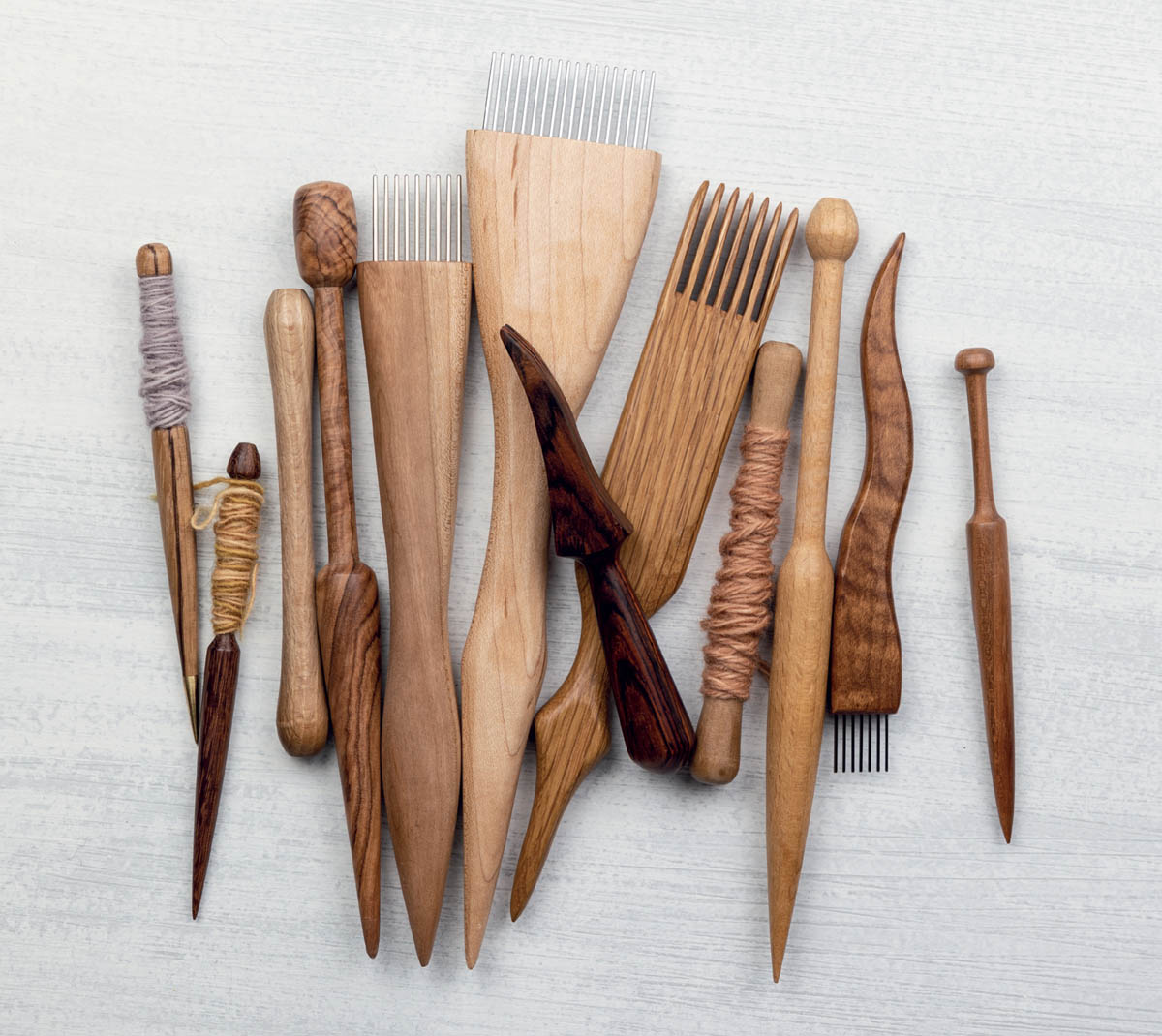The mission of Storey Publishing is to serve our customers by publishing practical information that encourages personal independence in harmony with the environment.
Edited by Michal Lumsden and Gwen Steege
Art direction and book design by Michaela Jebb
Indexed by Nancy D. Wood
Cover and interior photography by Mars Vilaubi, Storey Publishing
Additional photography by Courtesy of Andrew Neuhart, l.
Illustrations by Missy Shepler, except by Ilona Sherratt, Storey Publishing
Chapter opener type design by Sbastien Hayez + contributions by Jrmy Landes
Text 2020 by Rebecca Mezoff
Ebook production by Slavica A. Walzl
Ebook version 1.0
October 27, 2020
All rights reserved. No part of this book may be reproduced without written permission from the publisher, except by a reviewer who may quote brief passages or reproduce illustrations in a review with appropriate credits; nor may any part of this book be reproduced, stored in a retrieval system, or transmitted in any form or by any means electronic, mechanical, photocopying, recording, or other without written permission from the publisher.
The information in this book is true and complete to the best of our knowledge. All recommendations are made without guarantee on the part of the author or Storey Publishing. The author and publisher disclaim any liability in connection with the use of this information.
Storey books are available at special discounts when purchased in bulk for premiums and sales promotions as well as for fund-raising or educational use. Special editions or book excerpts can also be created to specification. For details, please call 800-827-8673, or send an email to .
Storey Publishing
210 MASS MoCA Way
North Adams, MA 01247
storey.com
Library of Congress Cataloging-in-Publication Data
Names: Mezoff, Rebecca, author.
Title: The art of tapestry weaving : a complete guide to mastering the techniques for making images with yarn / Rebecca Mezoff ; foreword by Sarah C. Swett.
Description: North Adams, MA : Storey Publishing, [2020] | Includes index. | Summary: Rebecca Mezoff shares her techniques in this in-depth guide to every aspect of the process, from developing a color palette to selecting yarn, warping the loom, and weaving the image Provided by publisher.
Identifiers: LCCN 2020024105 (print) | LCCN 2020024106 (ebook) | ISBN 9781635861358 (hardcover) | ISBN 9781635861365 (ebook)
Subjects: LCSH: Tapestry. | Hand weaving.
Classification: LCC TT849 .M49 2020 (print) | LCC TT849 (ebook) | DDC 746.7/2dc23
LC record available at https://lccn.loc.gov/2020024105
LC ebook record available at https://lccn.loc.gov/2020024106
Dedication
For my students, who have taught me so much more than Ive taught them and who asked for this book.
And for my wife, Emily, without whom I would never have had the courage to do the thing I love the most.
Contents
Foreword
The loom is the length of my forearm, the warp between its bars no wider than my palm. Two tapestry bobbins (one wound with indigo-dyed wool, the other with hand-spun flax), are tucked behind an ear, yarn tails brushing my cheek. Im ready to dive back into this book.
I have to prepare, you see, for even as the ideas hold me spellbound, my fingers clamor to weave. Let us at it, they cry, twitching the pages. Best to begin with a loom at my elbow. With yarn in hand, I can linger over meticulous instructions (today a technique for outlining a shallow curve with split weft), hone my skills in real time, and relax into a new tapestry adventure guided by my friend Rebecca Mezoff.
For Rebecca has the ability to illuminate the path from selvage to selvage even if youve never walked it before. And if you have, she makes the path fresh. Her words are precise, engaging, trustworthy, and challenging. Notice this, she says. Itll show up later in another guise. And sure enough, I notice, weave on, then when my hands and brain are ready for the next step, it is there.
This is no mean feat. Handwoven tapestry is a demanding medium by any measure, and to make it approachable at the beginning and compelling after a lifetime is Rebeccas particular skill and a gift to us all. For this medium is both timeless and utterly of our time, one of the few means of expression that cannot be replicated by machine.
Our world needs more tapestries.
It needs your tapestries.
Just remember, this book is best commenced with a warped loom by your side, and if you dont yet have one, instructions await in .
Sarah C. Swett
Moscow, Idaho
December 2019
Part 1 Learning
Introduction: Why Tapestry?
Ive always been fascinated by the creation of cloth. As a little girl, I remember standing next to the Macomber floor loom of my grandfather, who was an engineer. I would watch him throw the shuttle to make vast swaths of cream-colored cloth for curtains in his two-story greenhouse. Click, swish, click. Click, swish, click. The rhythm of the shuttle, the dance his feet made on the treadles, and the cloth inching forward on the loom until he stopped and wound it onto the cloth beam enthralled me. He had taken this weaving machine, added some thread, and made huge pieces of useful fabric from them.
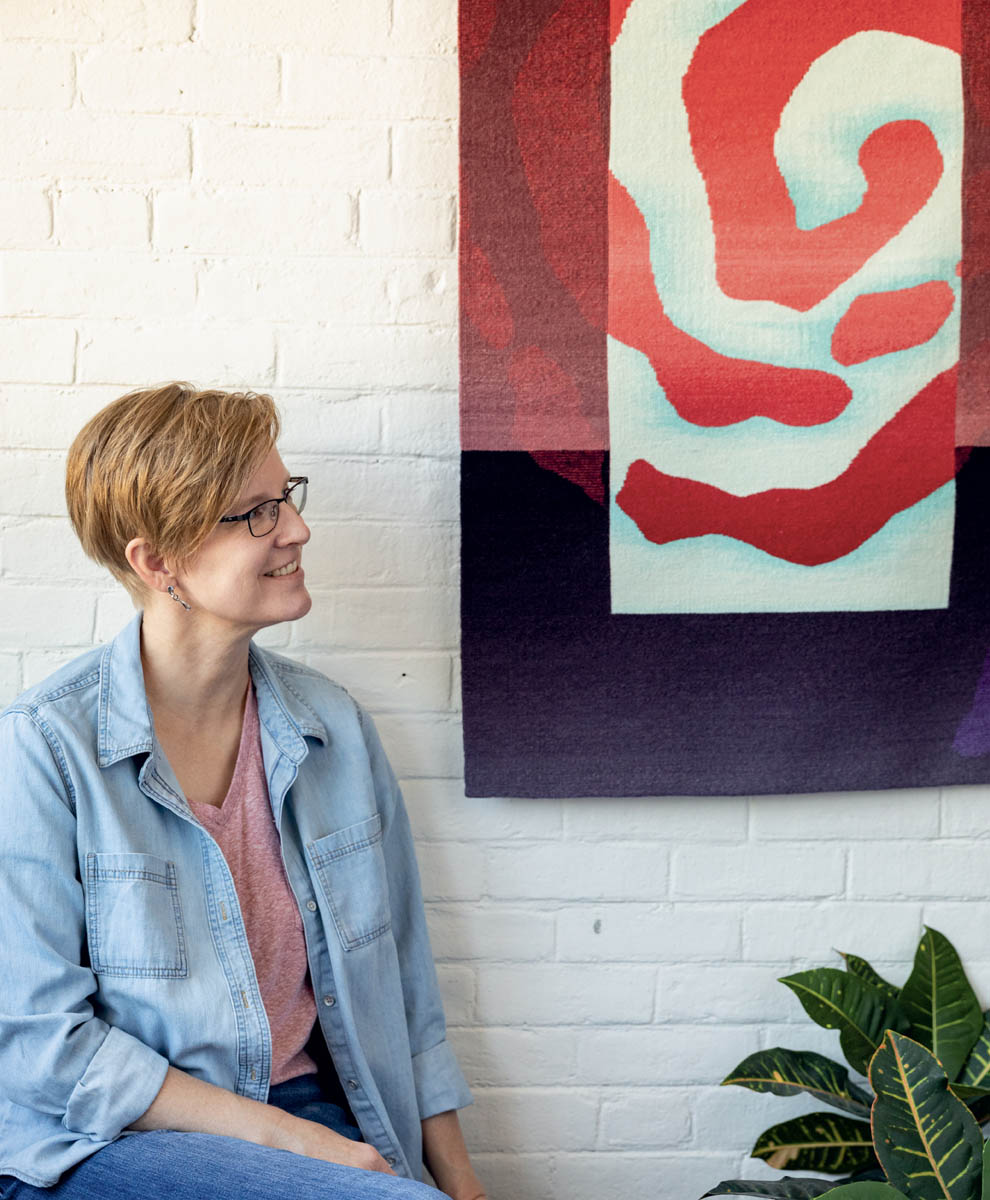
Twenty-five years later I found myself standing next to the Macomber loom of James Koehler, master tapestry artist, in a workshop at North Carolinas Penland School of Craft. There was no shuttle this time. Just the clank of the harnesses shifting and the mesmerizing sight of Jamess fingers dancing over the warp, creating even lines of weft bubbles before thud he beat them in with the beater on the loom, opened the other shed, and began again. I watched, mesmerized, as a blue-violet-hued tapestry grew, the subtle shifts in color and the gentle curves of the design creating optical illusions in the fabric. And then I sat at my own loom and tried to make the magic happen for myself. I had found my path.
My journey as a weaver started with that little girl watching her grandfather weave curtains and, as an adult, led me to become a tapestry artist apprentice in Koehlers studio, and finally, to run my own tapestry school and studio. This tapestry life has been full of experimentation and the joy of exploring my own creative impulses while learning through making with my hands. For me, making tapestry is more a process than a wish to reach a particular goal. The deep satisfaction of being immersed in a tactile and richly colored way of expressing ideas keeps me going back to the loom day after day.


